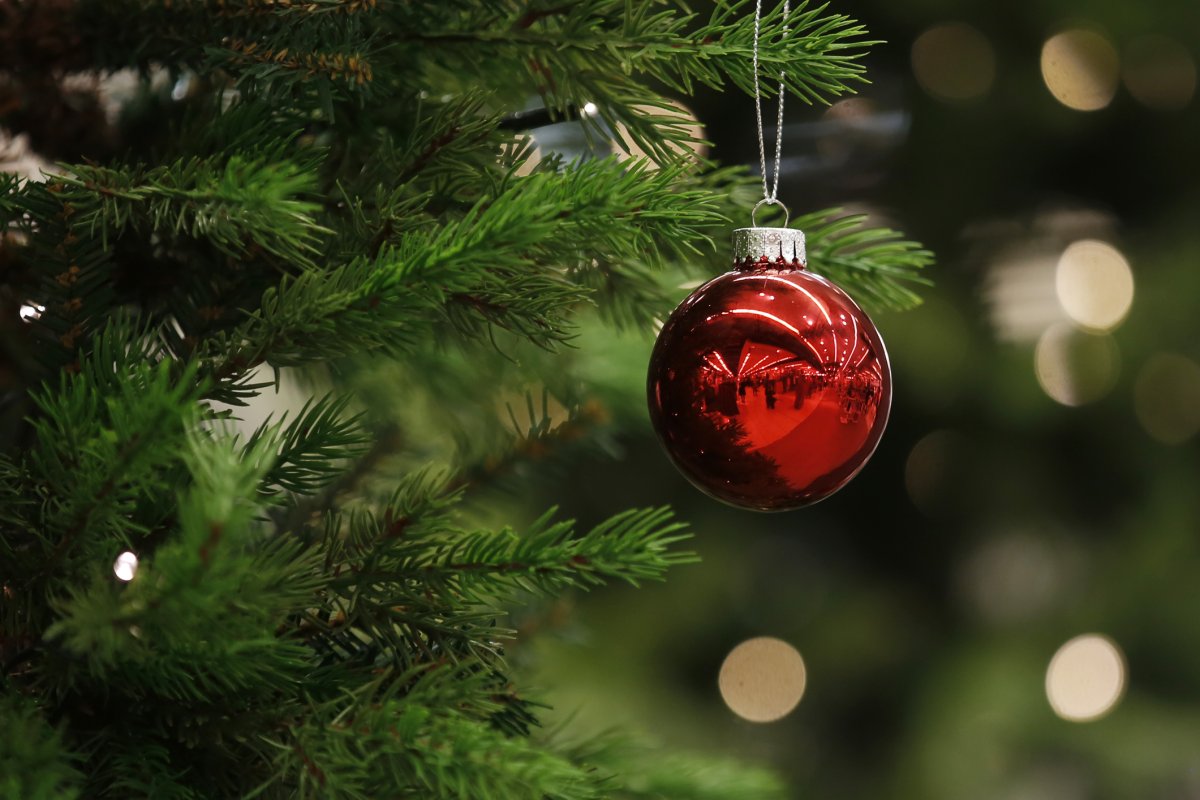It is the great debate around the holidays: real or fake Christmas tree? Well, this may surprise you, but a local environmental group is encouraging you to opt for the real thing.

“If you go into the woods and you cut down one tree and you do that in a respectful way once a year, the forest can handle that,” says Joanna Bull with the Ecology Action Centre.
“If we’re thoughtful about the choices that we make and the way we do things, then I think it’s OK. We’re allowed to be part of nature and use the things from nature, we just can’t abuse them.”
Nearly 90 per cent of all fake Christmas trees are produced in China and shipped around the world, according to the Nature Conservancy, which means a lot of carbon emissions are created just to produce and get them to you.
“If you look at that plastic tree, that had to come from somewhere. It’s usually an oil product, it’s polyvinyl chloride — it’s PVC — so it’s made out of processed plastic, not a real safe kind of plastic,” says Bull.
A 2008 report from the U.S. Environmental Protection Agency found that artificial Christmas trees made of PVC degrade under normal conditions, and when an artificial tree gets to be nine years old, “dangerous lead exposure can occur.”
“It was probably made in a factory somewhere overseas that maybe doesn’t have the greatest labour standards, then it’s shipped all the way across the world, and then you use it for as many years as you can, but at the end of the day, it ends up in the landfill,” she adds.
Why real?
Bull says it’s a popular misconception that cutting down trees is bad for the environment, when in fact, forests are healthier when they’re sustainably managed. Local tree farms also provide essential habitat for wildlife and keep farmers employed.
“Often it’s farm fields that can’t be used for other things, so they grow Christmas trees,” she says.
“When we think about sustainability, we think about people as well as the rest of the species that we are just one of. So I think supporting a local farmer with the Christmas trees that they grow is a great thing to do ecologically and also socially.”
Another perk: Real trees can also be creatively repurposed once they’re done for the season, says Bull.
“We have one fella who chops up the stump and makes it into coasters and then gives that for Christmas gifts the next year. You can use your boughs to cover your garden to keep the frost off,” says Bull.
She also recommends you donate your tree to a local animal sanctuary.
“Hope for Wildlife loves getting re-used Christmas trees — especially if they’re spray-free — because the animals love to chew on them, and they’re really great, especially in the goat enclosures,” says Bull.
“Or if you live in the HRM and you put your tree out on the curbside, it gets composted and turned into mulch for the city’s landscaping efforts for the rest of the year.”
The Ecology Action Centre has been running its Christmas Tree Campaign since 1992, offering sustainably grown, spray-free Christmas trees to Haligonians.




Comments